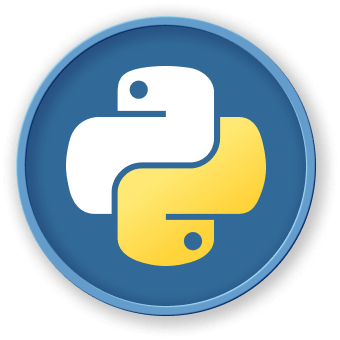Checking the Python Path
Now that you understand the basics of the Python path, let's dive into how to actually check the current Python path in your system.
Using the sys.path Attribute
The easiest way to check the Python path is to use the sys.path attribute in your Python code. This attribute returns a list of directories that Python will search when trying to import a module.
Here's an example of how to check the Python path using sys.path:
import sys
print(sys.path)
This will output a list of directories that make up the current Python path. For example, on an Ubuntu 22.04 system, the output might look like this:
['/home/user/my_project', '/usr/lib/python3.9', '/usr/lib/python3.9/lib-dynload', '/home/user/.local/lib/python3.9/site-packages', '/usr/local/lib/python3.9/dist-packages', '/usr/lib/python3/dist-packages']
Using the site.getsitepackages() Function
Another way to check the Python path is to use the site.getsitepackages() function. This function returns a list of directories where Python will search for site-packages (i.e., third-party packages installed using pip).
Here's an example of how to use site.getsitepackages():
import site
print(site.getsitepackages())
This will output a list of directories where Python will search for site-packages. For example, on an Ubuntu 22.04 system, the output might look like this:
['/home/user/.local/lib/python3.9/site-packages', '/usr/local/lib/python3.9/dist-packages', '/usr/lib/python3/dist-packages']
Comparing the Output of sys.path and site.getsitepackages()
You may notice that the output of sys.path and site.getsitepackages() are not exactly the same. This is because sys.path includes additional directories, such as the directory containing the input script and the PYTHONPATH environment variable.
To get a more complete picture of the Python path, you can combine the output of both sys.path and site.getsitepackages():
import sys
import site
print("sys.path:")
print(sys.path)
print("\nsite.getsitepackages():")
print(site.getsitepackages())
This will give you a comprehensive view of the directories that make up the current Python path on your system.




